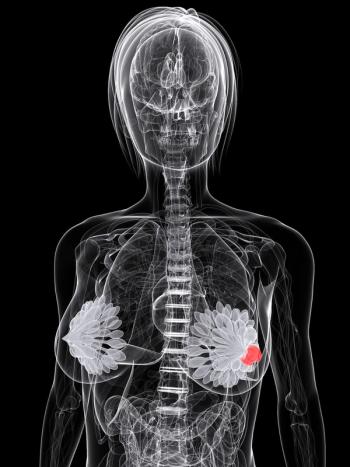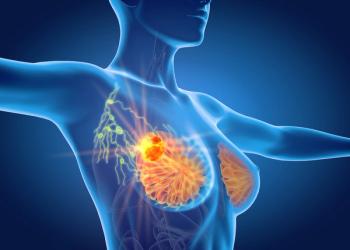
- ONCOLOGY Vol 13 No 5
- Volume 13
- Issue 5
Future Target for HIV Therapy: T-Cell’s Own Proteins
Viruses, such as the human immunodeficiency virus (HIV), are parasites: to reproduce, they need to appropriate their host’s
Viruses, such as the human immunodeficiency virus (HIV), are parasites: to reproduce, they need to appropriate their hosts resources. Stanford researchers have discovered that one of HIVs requirements is a cellular protein called NFAT that allows the virus to multiply in the T- cells of its host. The T-cell proteins that carry out NFATs instructions, reasoned the researchers, may make perfect targets for anti-HIV drugs because these cellular proteinsunlike HIV proteinsare unlikely to mutate to escape the effects of drugs.
Traditional antiviral therapy works by interfering with protein targets that are unique to the virus, so that human cells remain unaffected. This strategy can reduce the severity of side effects, but it can also allow viruses that mutate rapidly to avoid such drugs by altering the shape of their proteins.
Each new anti-HIV drug is a step better and, one hopes, less toxic to the patient, but its still an arms race with the virus, said Garry Nolan,PhD, assistant professor of molecular pharmacology. It costs the virus nothing to evolve resistance, but it costs us many lives and billions of dollars. If you can block the virus access to something it needs, however, it is a long evolutionary road for the virus to reestablish access to that resource.
Rest and Unrest
Dr. Nolan and senior postdoctoral fellow Shigemi Kinoshita, PhD, began their research with the observation that HIV cannot reproduce in resting T cells. When resting T-cells detect invaders, they start dividing to fight off the invasion. This activity allows any HIV hiding passively within those T-cells to make copies of itself. To find out what part of the T-cell-activation process gives HIV the opportunity to reproduce, Drs. Kinoshita and Nolan looked at NFAT, a critical cellular protein needed for normal early activation of T cells.
Using engineered mouse viruses, Dr. Kinoshita delivered one form of NFATNFATcto some resting T-cells. Although, NFATc is crucial to the process of activating resting T-cells, its presence per se was not sufficient to cause these cells to divide or otherwise respond as though there were an infection. The cells did, however, become susceptible to HIV infection.
Possible New Target for Anti-HIV Drugs
This is a subprogram that is not by itself sufficient to activate the T cell, but activating that subprogram allows HIV to replicate, said Dr. Nolan. The human immunodeficiency virus can enter all resting T-cells, but without active NFATc, the virus gets blocked halfway through the process of converting its RNA into DNA. Proteins from the virus can only insert the DNA form of viral genetic material into the human hosts DNA, and only this inserted form can then produce more virus proteins and genetic material.
Although an HIV enzyme called reverse transcriptase is the primary protein required for converting RNA into DNA, it gets blocked in the absence of something provided by the T-cell. That something may make an excellent target for a whole new class of HIV-fighting drugs, researchers suggest.
Articles in this issue
over 26 years ago
Photodynamic Therapy for Palliation of Locally Advanced Lung Cancerover 26 years ago
Reinventing Bone Marrow Transplantationover 26 years ago
Age Should Not Determine Treatment of SCLC Patientsover 26 years ago
Single Chest X-Ray Leads to Improved Lung Cancer Prognosisover 26 years ago
No Link Found Between PCB Exposure and Cancer MortalityNewsletter
Stay up to date on recent advances in the multidisciplinary approach to cancer.
















































































